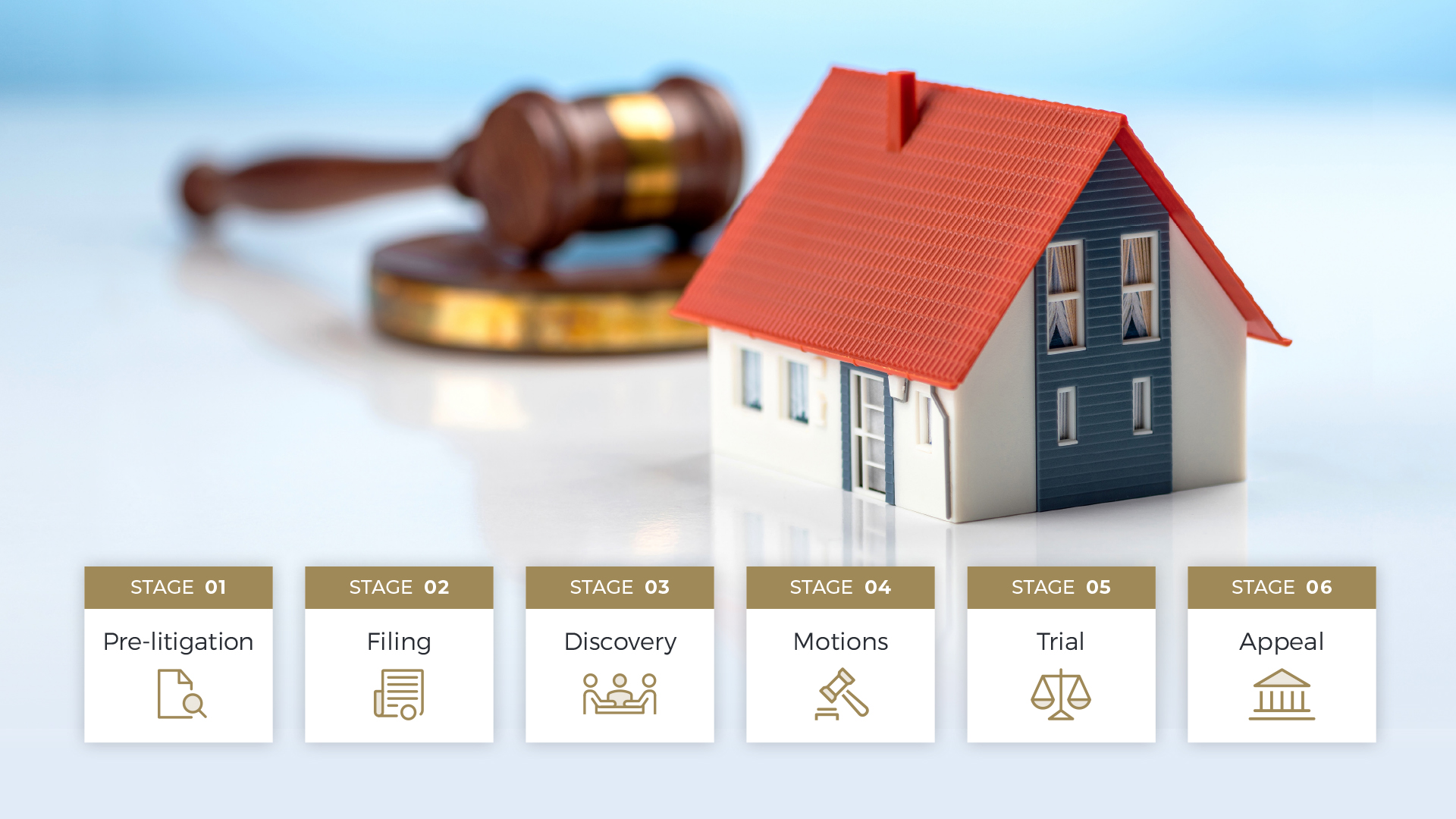
The 6 Stages of Trust and Estate Litigation
Trust and estate litigation can be a complex and emotional process. It typically involves disputes over the distribution of assets, the validity of wills and trusts, and the actions of executors and trustees. While each case is unique, there are generally several stages that trust and estate litigation cases may go through.
1. Pre-litigation
The pre-litigation stage involves gathering information and assessing the potential claims and defenses. This may include reviewing the deceased person’s will, trust documents, and other relevant legal and financial documents. At this stage, it may be possible to resolve the dispute through negotiation or mediation.
2. Filing
If a resolution cannot be reached during the pre-litigation stage, the next step is to file a lawsuit. The person who initiates the lawsuit is usually referred to as the petitioner, and the person who is being sued is the respondent. The complaint outlines the petitioner’s claims and the relief they are seeking.
3. Discovery
The discovery stage involves the exchange of information between the parties. This may include written interrogatories, requests for documents, and depositions. The purpose of discovery is to gather evidence that will be used in the trial.
4. Motions
Motions are requests made to the court to make a decision on a particular issue. For example, a defendant may file a motion to dismiss the case, arguing that the plaintiff does not have a valid claim. Alternatively, a plaintiff may file a motion for summary judgment, arguing that there are no material facts in dispute and they are entitled to judgment as a matter of law.
5. Trial
If the case is not resolved through settlement or alternative dispute resolution, it will proceed to trial. The trial involves presenting evidence and arguments to a judge who will make a decision on the case.
6. Appeal
If one of the parties is unhappy with the outcome of the trial, they may file an appeal. The appeals court will review the record of the trial and determine whether any errors were made that require a new trial or a different outcome.
It’s important to note that not all trust and estate litigation cases will go through all of these stages. Some cases may be resolved through settlement or alternative dispute resolution, while others may be dismissed on a motion or settled during discovery. The length and complexity of each stage will vary depending on the specific circumstances of the case.
In conclusion, trust and estate litigation can be a long and complex process. It is important to work with an experienced estate litigator who can guide you through each stage of the process and help you achieve the best possible outcome.


